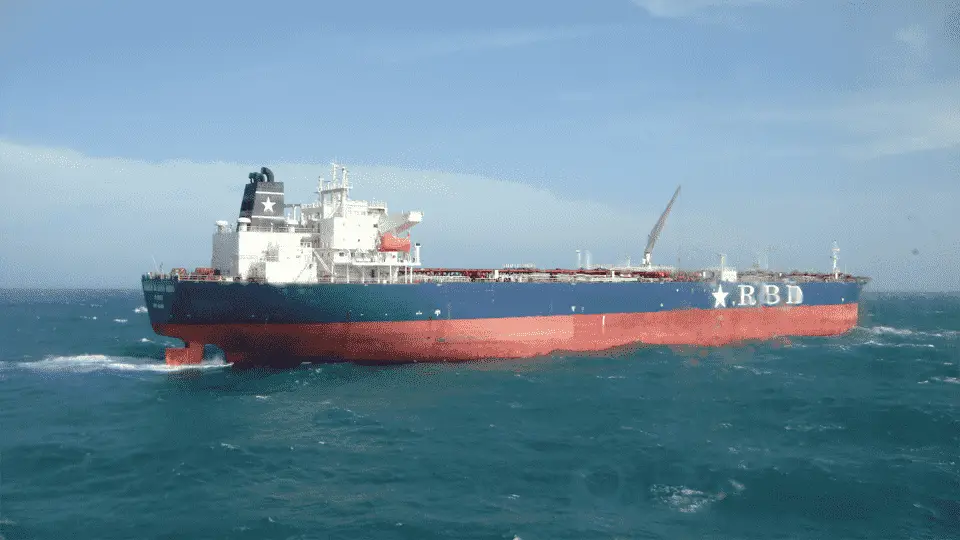Difference Between Ship Vetting And Ship Condition Assessment

Ships play a crucial role in facilitating global commerce. However, they also carry inherent environmental and safety hazards that must be carefully managed to ensure the well-being of crew members and the planet. In order to adhere to specific safety and environmental regulations, shipping enterprises have established various protocols, such as ship vetting and ship condition assessment. Although these two procedures are frequently mistaken for one another, they are distinct. Ship vetting is a crucial procedure employed by shipping companies to assess the safety and environmental performance of a vessel before its employment. Typically, an impartial third party is responsible for conducting this procedure, which involves evaluating the vessel’s safety management system and adherence to environmental protocols. Ship vetting is a crucial process that aims to verify the safety and reliability of a vessel before it is engaged for a particular assignment.
Ship condition assessment is a crucial process that involves the evaluation of a ship’s condition after it has been in service for a certain period. The process includes objectively analysing the ship’s construction, machinery, and other systems. In order to ensure the continuous, secure operation of the vessel, it is crucial to perform a condition assessment to identify any potential safety risks or maintenance issues. The shipping industry has two distinct procedures: vetting a ship and assessing its current condition. Before a ship is chartered, it must undergo a vetting process, while a ship condition assessment is performed after the vessel has been in service for some time. The primary focus of the inspection is on the ship’s safety and environmental performance. However, the primary goal of a condition assessment is to determine the ship’s physical condition, potential safety hazards, and maintenance needs.
Shipping companies rely heavily on the results of ship vetting processes to ensure their business operations are carried out safely and effectively. These precautions help ensure that environmental regulations are followed and lessen the likelihood of accidents or incidents that could endanger crew members or the natural environment. When it comes to ensuring that a ship continues to operate safely and without interruption, nothing is more important than a thorough assessment of its current condition. Therefore, the shipping industry relies heavily on ship vetting and ship condition assessment procedures. Although they are equally important, they serve different purposes.
